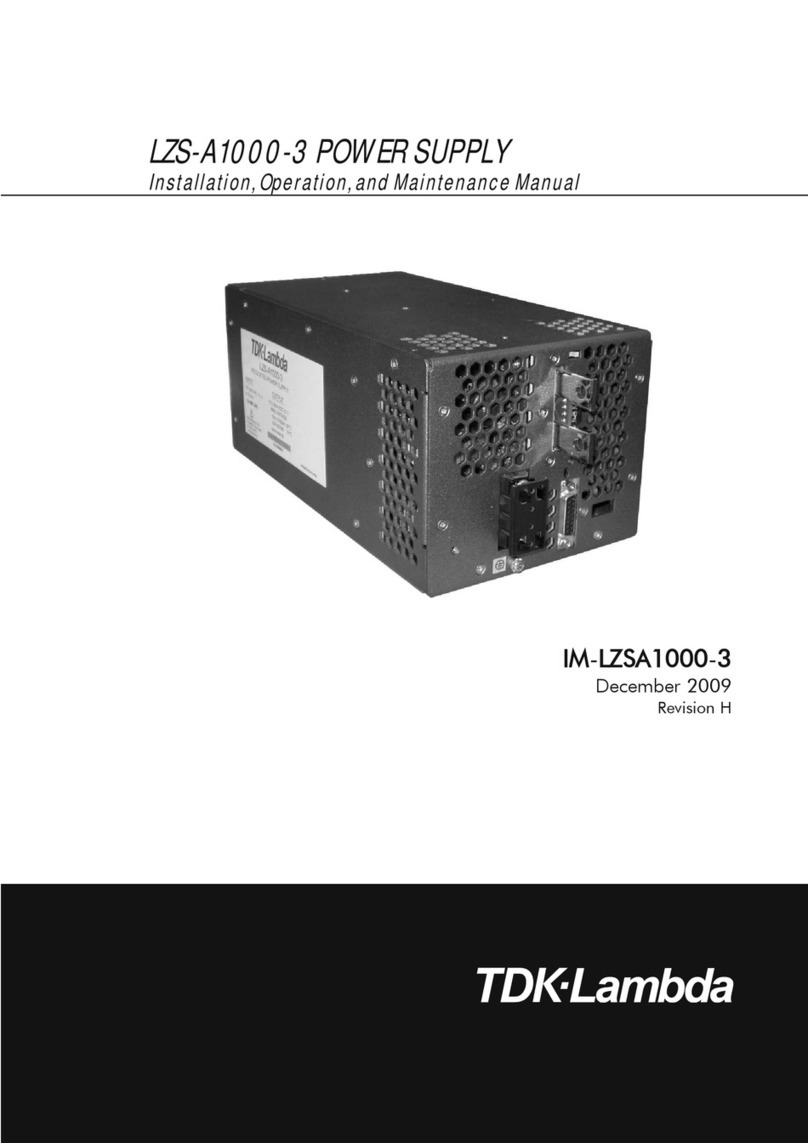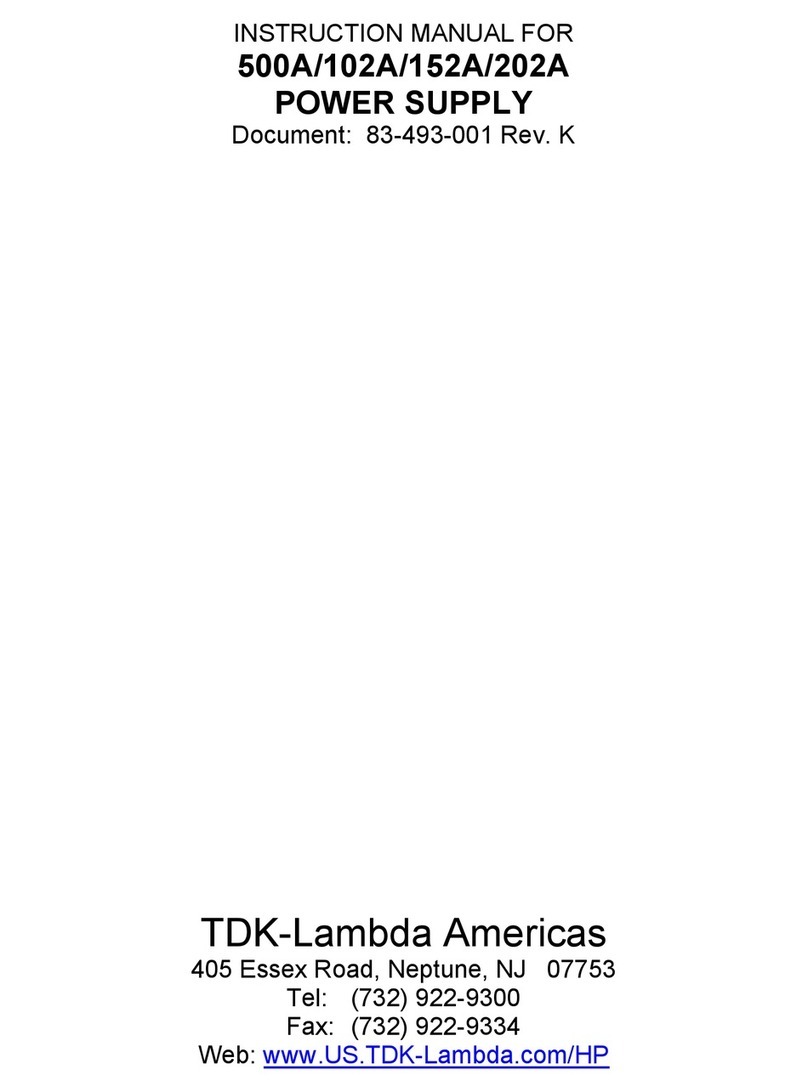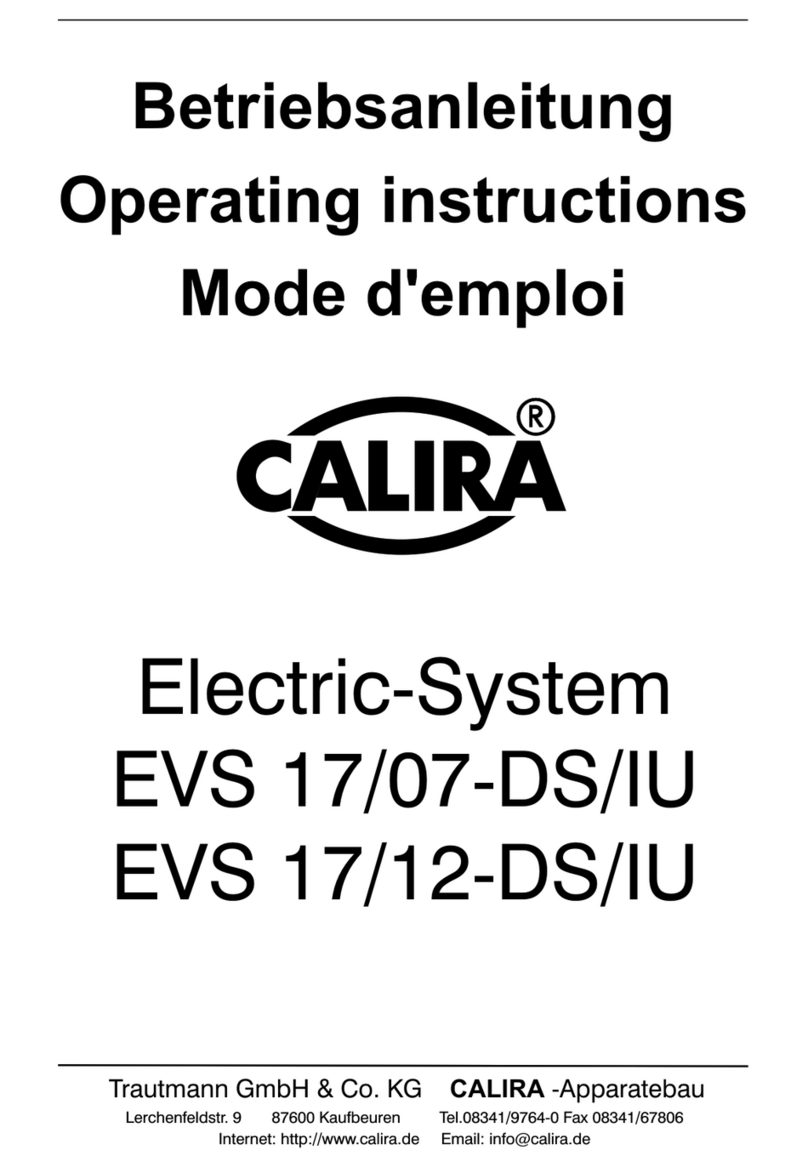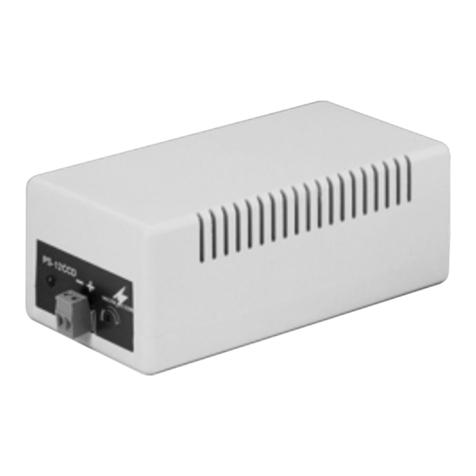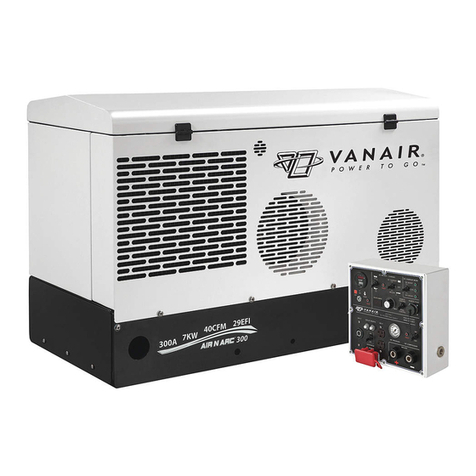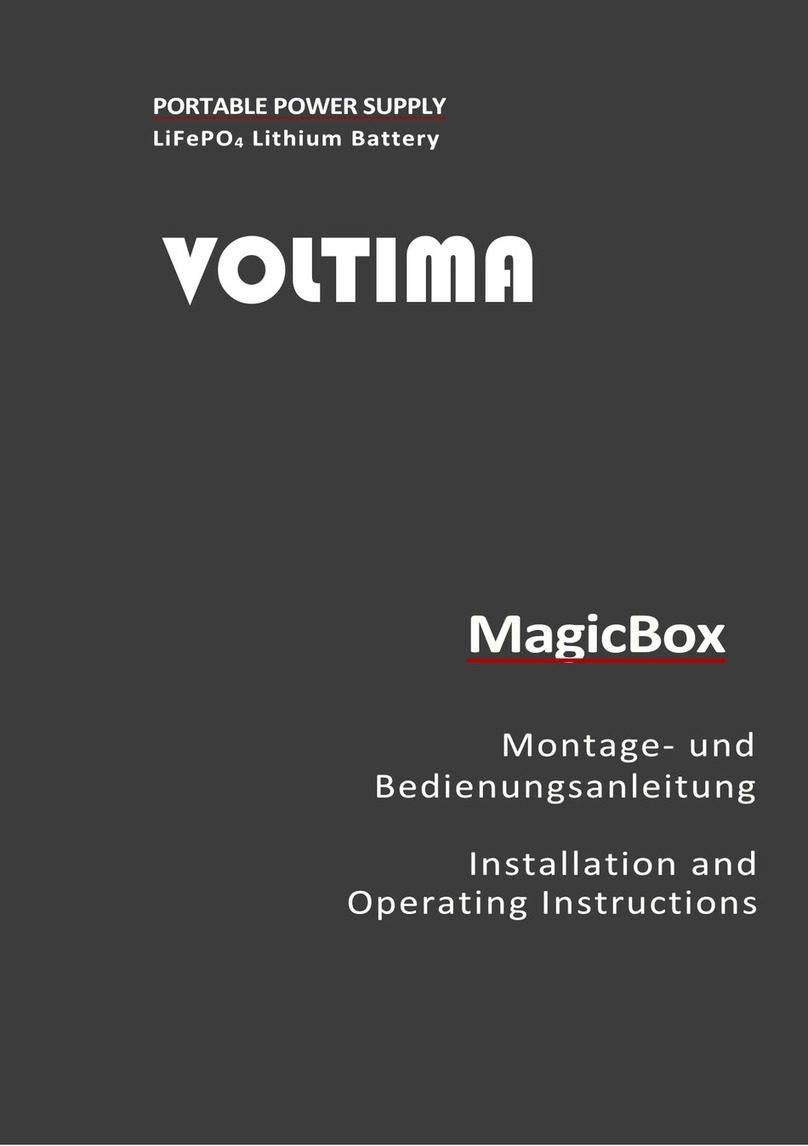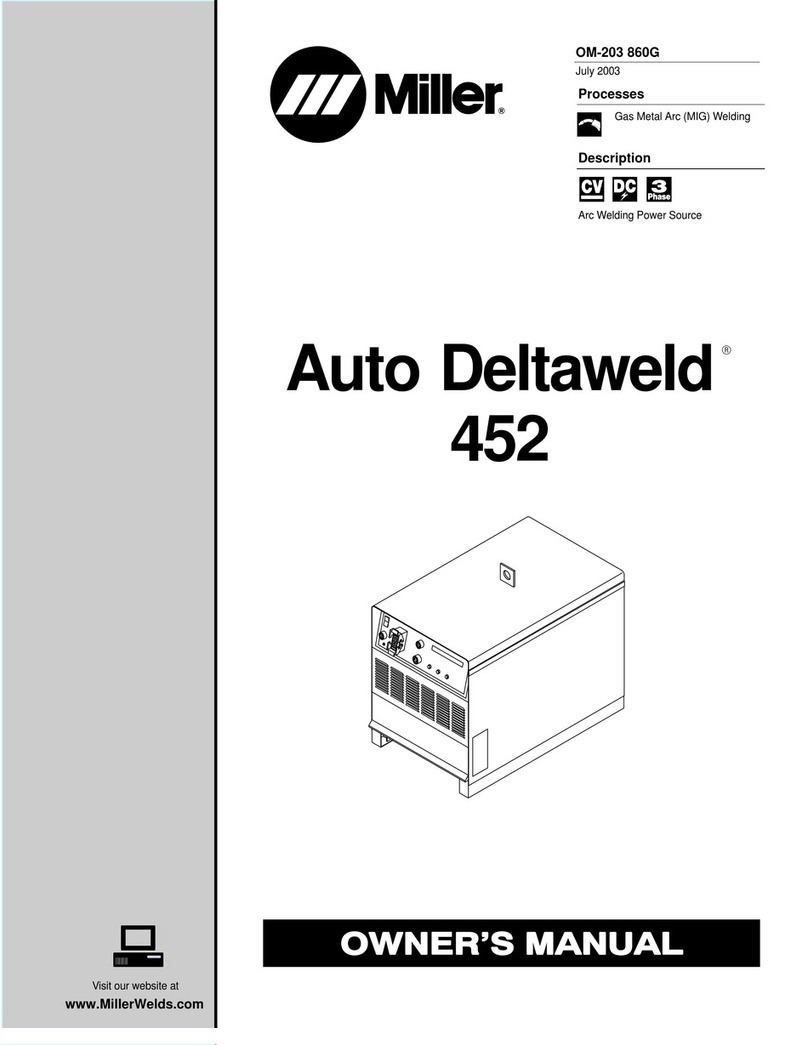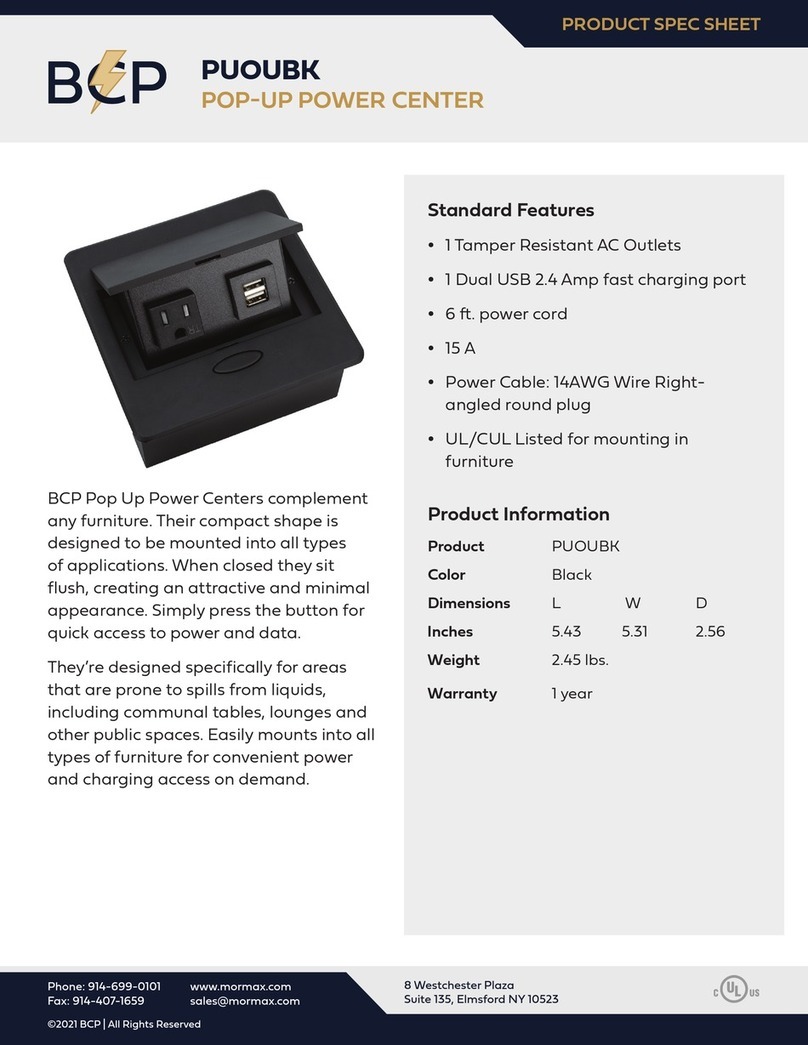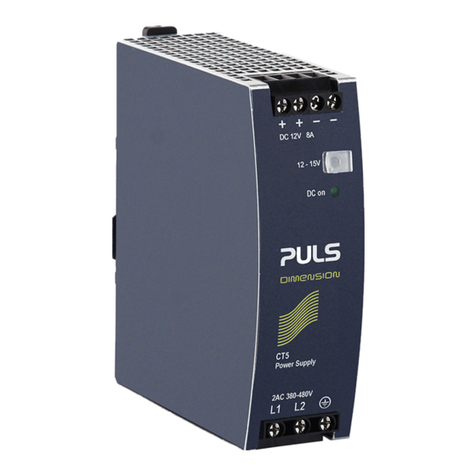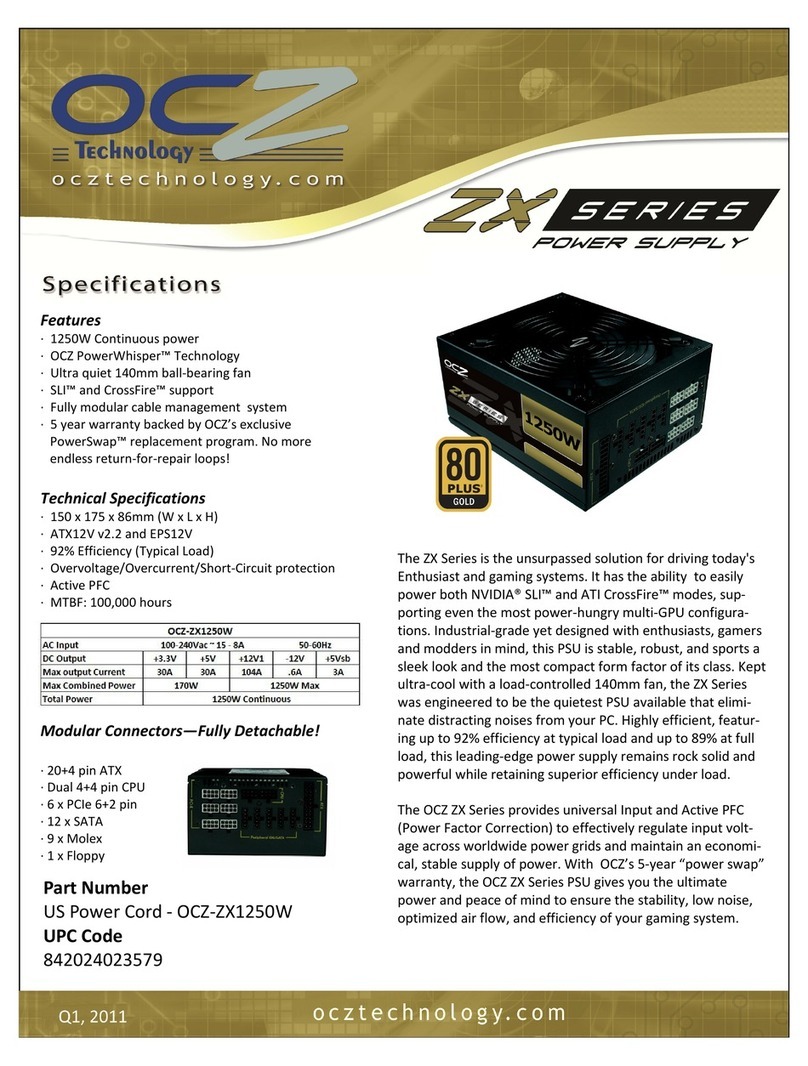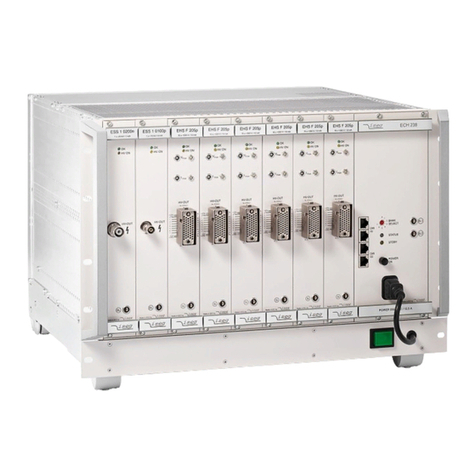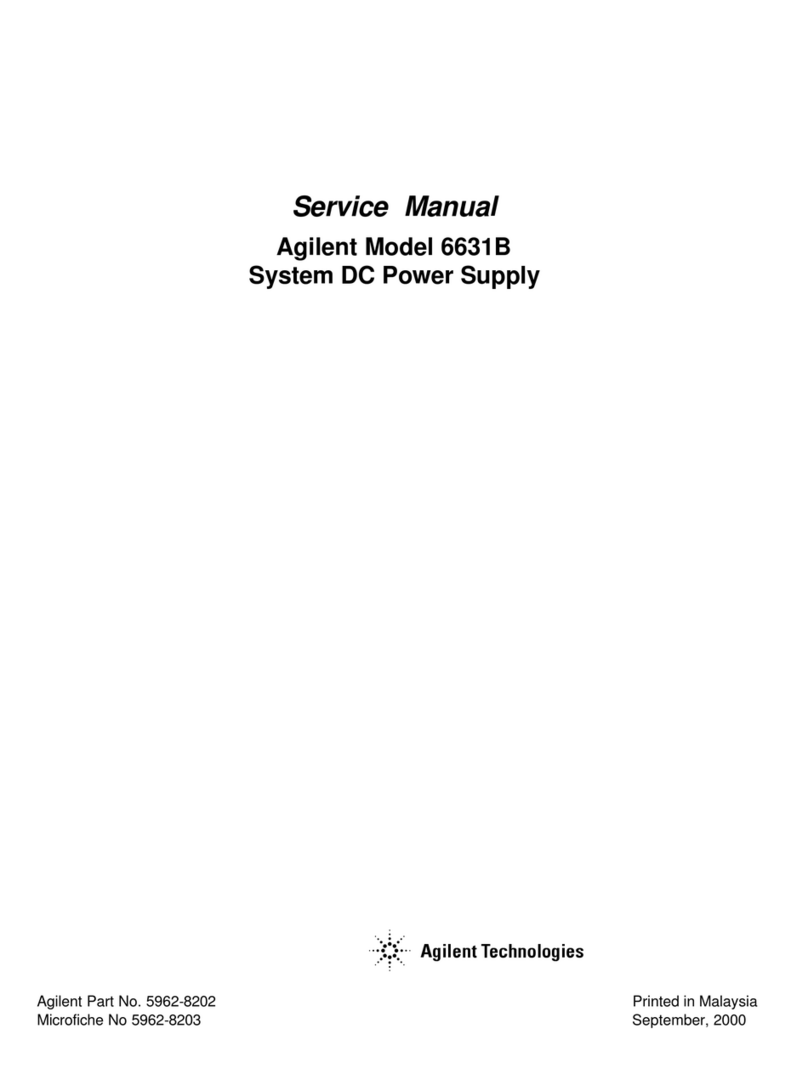
This limited warranty supersedes all previous Vanair warranties
and is exclusive with no other guarantees or warranties
expressed or implied.
LIMITED WARRANTY—Subject to the expressed terms and
conditions set forth below, Vanair Mfg., Inc. (“Vanair”), of
Michigan City, Indiana (USA), warrants to the original retail
purchaser of new Vanair equipment that such equipment is free
from defects in materials and workmanship when shipped by
Vanair.
For warranty claims received by Vanair within the applicable
warranty periods described below, Vanair will repair or replace
any warranted equipment, parts or components that fail due to
defects in material or workmanship or refund the purchase price
for the equipment, at Vanair’s discretion. Vanair is not
responsible for time or labor to gain access to the machine to
preform work. WARRANTY WILL BE VOID IF GENUINE VANAIR
PARTS AND FLUIDS ARE NOT USED.
Vanair must be notied in writing within thirty (30) days of any
such defect or failure. No warranty work or returns without prior
authorization is allowed. Vanair will provide instructions on the
warranty claim procedures to be followed.
Warranty will commence upon receipt of the Warranty
Registration Card. If the Warranty Registration Card is not
received within six (6) months of shipment from Vanair, the
warranty commencement date shall be thirty (30) days from the
date of shipment from Vanair. Records of warranty adherence
are the responsibility of the end user.
1. Lifetime Warranty Parts – 3 Years Labor
• Rotary Screw Air Compressor Air End
2. 6 Years Parts – 3 Years Labor
• Vanair Super Capacitor (VSC)
3. 3 Years Parts – 1 Year Labor
• Reciprocating Compressor Air End
• Generators
• Welders
4. 2 Years Parts – 1 Year Labor
• Hydraulic Motors
• Hydraulic Pumps
5. 1 Year Parts – 1 Year Labor
• All electronics including, but not limited to:
(i) I/O Boards
(ii) Modules
(iii) Panel Boxes
(iv) Instrumentation
(v) Clutches
(vi) Solenoids
(vii) Running Gear/Trailers
(viii) Compressor/Hydraulic Coolers, including Fan
and Radiator Core
This Limited Warranty shall not apply to:
1. Consumable components, such as shaft seals,
valves, belts, lters, capacitors, contactors, relays,
brushes or parts that fail due to normal wear and use.
2. Items furnished by Vanair, but manufactured by
others, such as engines and trade accessories (these items
are covered by the manufacturer’s warranty, if any).
3. Equipment that has been modied by any party other
than Vanair or equipment which has not been used and
maintained in accordance with Vanair’s specications.
4. Equipment which has been improperly installed
and/or improperly operated, based upon Vanair’s
specications for the equipment or industry standards.
5. Equipment installed by non-authorized or third party
personnel.
Vanair products are intended for purchase and use by
commercial/industrial users and persons trained and
experienced in the use and maintenance of industrial
equipment.
In the event of a warranty claim covered by this Limited
Warranty, the exclusive remedies shall be, at Vanair’s sole
discretion: (i) repair; or (ii) replacement; (iii) where authorized in
writing by Vanair in appropriate cases, the reasonable cost of
repair or replacement at an authorized Vanair service facility ; or
(iv) payment of (or credit for) the purchase price (less reasonable
depreciation based upon actual use) upon return of the
equipment at the warranty claimant’s risk and expense. Vanair
will pay standard ground freight for any warranty item shipped
to and from Vanair or (Vanair designated facility) within the rst
year of the applicable warranty period. Any additional expedited
freight cost is the responsibility of the purchaser.
TO THE GREAT EXTENT PERMITTED BY APPLICABLE LAW, THE
REMEDIES PROVIDED HEREIN ARE THE SOLE AND EXCLUSIVE
REMEDIES APPLICABLE TO THE VANAIR EQUIPMENT. IN NO
EVENT SHALL VANAIR BECOME LIABLE FOR DIRECT, INDIRECT,
SPECIAL, PUNITIVE, INCIDENTAL OR CONSEQUENTIAL DAMAGES
(INCLUDING LOSS OF PROFIT OR LOST BUSINESS
OPPORTUNITY), WHETHER BASED ON CONTRACT, TORT OR ANY
OTHER LEGAL THEORY. IN NO EVENT SHALL VANAIR BECOME
OBLIGATED TO PAY MORE ON ANY WARRANTY CLAIM THAN THE
PURCHASE PRICE ACTUALLY PAID BY THE ORIGINAL RETAIL
PURCHASER.
THIS LIMITED WARRANTY IS MADE IN LIEU OF ALL OTHER
WARRANTIES, EXPRESS OR IMPLIED, INCLUDING THE
WARRANTIES OF MERCHANTABILITY AND/OR FITNESS FOR A
PARTICULAR PURPOSE, OR ANY OTHER WARRANTY OR
GUARANTY ARISING BY OPERATION OF LAW. ANY WARRANTY
NOT EXPRESSLY PROVIDED HEREIN, IMPLIED WARRANTY,
GUARANTY AND ANY REPRESENTATION REGARDING THE
PERFORMANCE OF THE EQUIPMENT, AND ANY REMEDY FOR
BREACH OF CONTRACT, IN TORT, OR ANY OTHER LEGAL THEORY
WHICH, BUT FOR THIS PROVISION, MIGHT ARISE BY
IMPLICATION, OPERATION OF LAW, CUSTOM OF TRADE, OR
COURSE OF DEALING ARE EXCLUDED AND DISCLAIMED BY
VANAIR.
Some states in the United States of America do not allow
limitations of how long an implied warranty lasts, or the
exclusion of incidental, indirect, special or consequential
damages, and as such, the above limitations and exclusions may
not apply to you. This warranty provides specic legal rights.
Other rights may be available to you, but may vary from state to
state.
In Canada, legislation in some provinces provides for certain
additional warranties or remedies other than as stated herein,
and to the extent that they may not be saved, the limitations and
exclusions set out forth above may not apply. This Limited
Warranty provides specic legal rights, and other rights may be
available, but may vary from province to province.
AIR N ARC®
ALL-IN-ONE POWER-SYSTEMS®
RELIANT™ SERIES
POWERFLEX™ SERIES
PRO SERIES
CONTRACTOR SERIES
VIPER™ SERIES
FST™ SERIES
10896 W. 300 N.
MICHIGAN CITY, IN 46360
(800) 526-8817
VANAIR.COM
EFFECTIVE: JAN 8, 2016
(844) VAN - SERV
SERVICE@VANAIR.COM
PARTS@VANAIR.COM
090088_r1 MOBILE POWER SOLUTIONS


